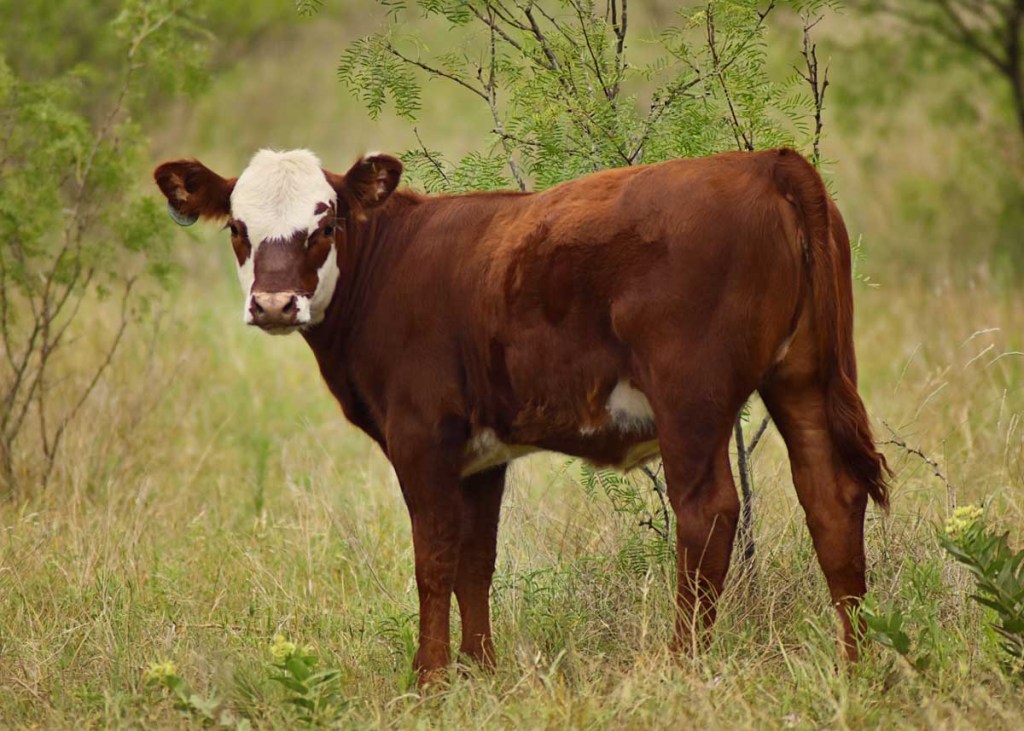Harvey’s devastation could impact meat prices as flooding strands livestock
Published 3:47 pm Tuesday, August 29, 2017

- Flood waters from Hurricane Harvey are stranding cattle and other livestock within the 54-county area of the state’s disaster zone, which has kept ranchers from assessing damage.
From gas to food, Hurricane Harvey’s economic impact is already being felt.
Gas prices have inched up and agriculture markets have begun to ripple, according to the Dallas Morning News, with cotton crops and coffee stockpiles threatened by flooding.
But the market that could see the greatest impact is meat, especially beef, given Texas is the nation’s top beef producer, according to the DMN. Flood waters are stranding cattle and other livestock within the 54-county area of the state’s disaster zone, which has kept ranchers from assessing damage.
Some 1.2 million beef cattle are in the disaster zone, about 27 percent of the state’s herd, according to the U.S. Department of Agriculture, but it’s not known how many losses the hurricane caused since making landfall on Friday.
How the aftermath of the storm affects agricultural markets in North Texas and the surrounding area will be different than how it will affect the coastal region, said David Kercheval, Field Representative for Trade and Business Development with the Texas Department of Agriculture and associate with the Texas Ranch Brokers in Grandview. But the hurricane’s economic impact will be felt throughout the state.
“There will be a number of animals lost in the coastal area,” he said. “Obviously the biggest number will largely be cattle. But it can affect other forms of livestock, including the poultry houses.”
With the holiday season around the corner, such losses could affect prices on turkey, he said.
Crops such as cotton and sorghum will also be affected because of the flooding, and losses in feed crops may eventually cause a rise in meat prices, he said.
Because the coastal area is such an agricultural resource, every level of market, from futures speculation to retail may be affected, he said.
Unknowns may have impacted the 2.6 percent rise in cattle futures seen Monday on the Chicago Mercantile Exchange, the nation’s largest futures exchange, according to the DMN.
It could take a month or more, Kercheval said, for the losses to be sorted out.
“The loss to agriculture is going to be substantial,” he said, “possibly as big of a loss as we have ever seen.”
Glasscock writes for the Cleburne, Texas, Times-Review.




